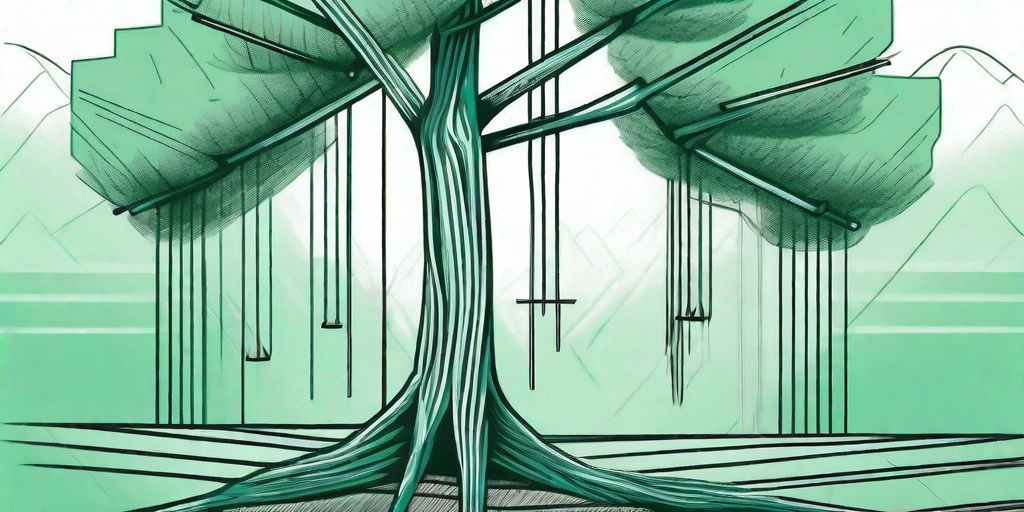
Trees are like the superheroes of the plant world. They're tall, strong, and they do a lot of good for the world. But even superheroes need a little help sometimes. If you've noticed that your tree is leaning, it's time to step in and save the day. This guide will walk you through the steps of properly staking and supporting your tree, turning you into a tree-saving superhero in no time.
Understanding Why Trees Lean
Before we dive into the rescue mission, let's take a moment to understand why trees lean in the first place. It's not because they're lazy or they've had one too many. Trees lean for a variety of reasons, and understanding these can help you better care for your tree.
One common reason is that the tree is reaching for sunlight. Trees are sun worshippers, and they'll do whatever it takes to get their daily dose of Vitamin D. This can result in a lean if the tree is in a shaded area. Another reason is that the tree could be growing in a windy area, causing it to lean in the direction of the wind. Finally, the tree could be leaning because of root issues, such as root rot or damage.
How to Stake a Leaning Tree
Now that we've covered the why, let's move on to the how. Staking a tree is like giving it a supportive friend to lean on when times get tough. And the best part? You don't need any superpowers to do it.
Here's a step-by-step guide:
- Get the right materials: You'll need a few stakes (wooden or metal), some soft, flexible ties, and a hammer.
- Position the stakes: Place them in the ground at equal distances around the tree. The stakes should be about a third of the height of the tree.
- Tie the tree: Use the ties to secure the tree to the stakes. Make sure the ties are loose enough to allow the tree to move a little, but tight enough to support it.
- Check regularly: Check the stakes and ties regularly to make sure they're still providing the support the tree needs.
Remember, the goal here is to provide support, not to strangle the tree. So, be gentle and considerate.
When to Remove the Stakes
Staking a tree is not a lifelong commitment. At some point, the tree will be strong enough to stand on its own, and you'll need to remove the stakes. But when is the right time?
Typically, stakes should be removed after one or two growing seasons. However, this can vary depending on the size and species of the tree, as well as the conditions in which it's growing. If you're unsure, it's best to consult with a professional arborist.
FAQs
Can all types of trees be staked?
Most trees can benefit from staking, especially when they're young or have been recently transplanted. However, some trees, like those with a strong central leader, may not need staking.
Can I stake a mature tree?
While it's possible to stake a mature tree, it's not always necessary or beneficial. Mature trees have already developed a strong root system and can usually withstand wind and other environmental factors. Staking a mature tree can actually inhibit its growth and cause damage.
What type of tie should I use?
When it comes to ties, softer is better. Soft, flexible ties like cloth or rubber are less likely to damage the tree's bark. Avoid using wire or other hard materials that can cut into the tree.
Conclusion
So there you have it, a comprehensive guide to saving your leaning tree. Remember, every tree is unique and may require a slightly different approach. But with a little patience and care, you can help your tree stand tall and proud.
Now go forth and be the tree-saving superhero you were always meant to be!















